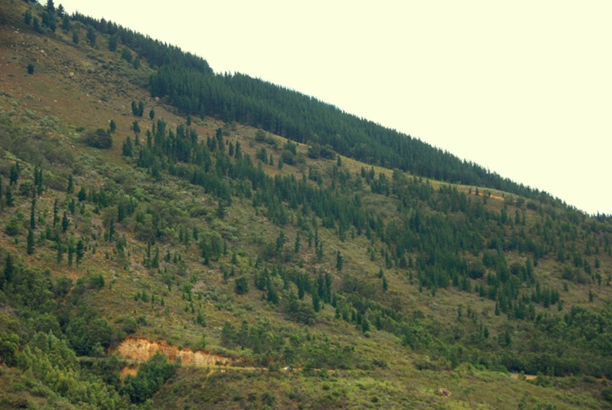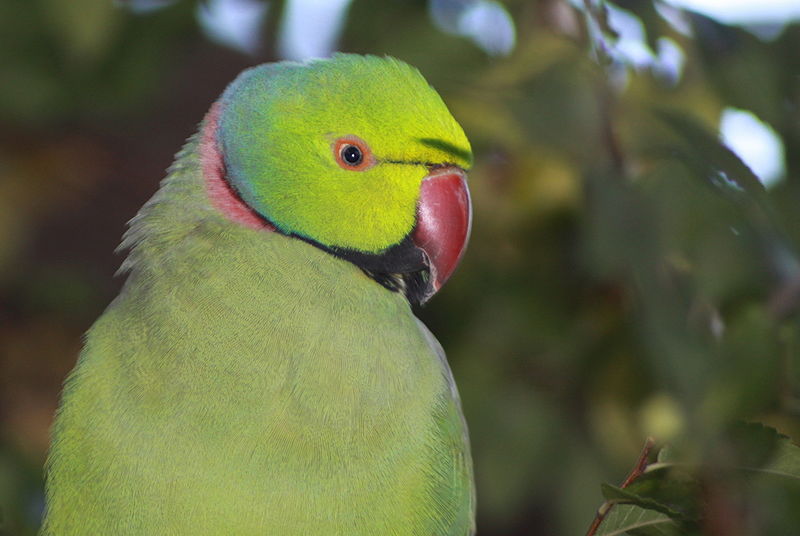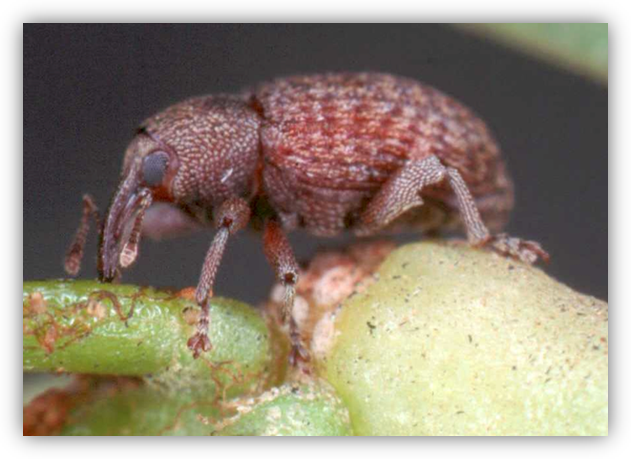A costly affair – pine invasions in protected areas
Protected areas (PAs) are a key intervention for conserving biodiversity and ecosystem services. A major challenge for PAs is the control of invasive alien plants that spread into PAs from surrounding areas such as forestry plantations.




